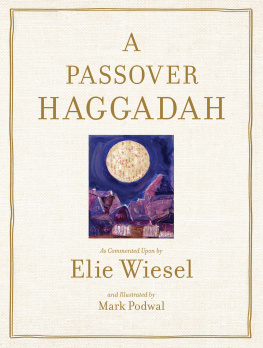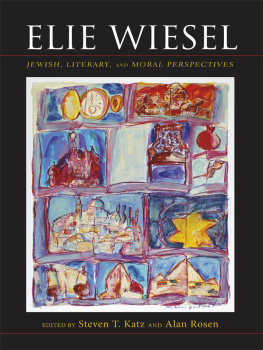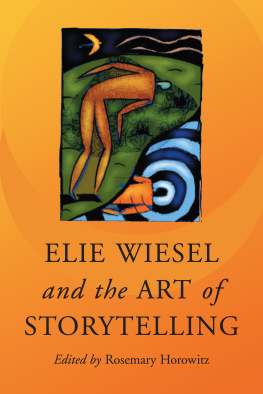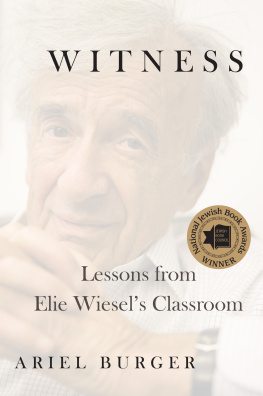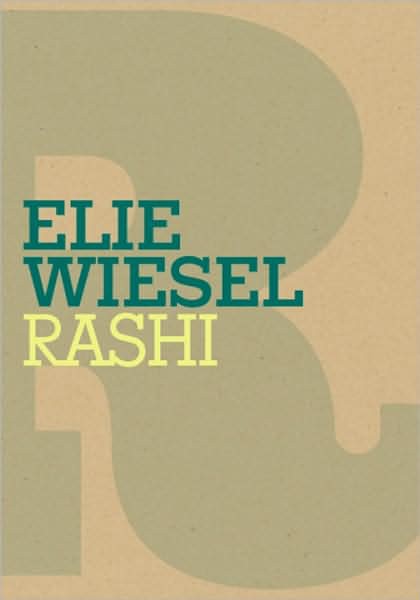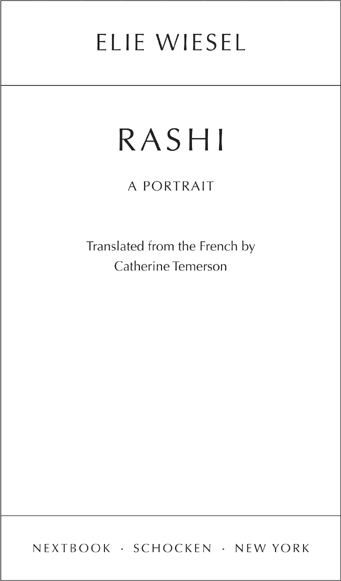MOSES Stephen J. Dubner
1.
2.
3.
4.
Preface
Why Rashi?
And why me?
For centuries, othersmany othersin lots of different countries, have written about his life and work in their native or sacred tongues. Why should I add my own analysis and my own commentary to these?
I could almost invoke our personal, not to say private, ties. But so could others, indeed some do, and they do so well. Did they hear from their parents that they had their place in a genealogy that could be traced back to the illustrious Rabbi Shlomo, son of Yitzhak? Mine referred to this often. I was not supposed to forget that I was the descendant of Rabbi Yeshayahu ben Abraham Horovitz ha-Levi, the author of Shnei Luchot ha-Brit and the Shi a ha-Kadosh whose brilliant depth haunted my adolescence, and of his contemporary, Rabbi Yom Tov Lipmann ha-Levi, the author of Tosafot Yom Tov, whose dramatic life and erudite work on the Talmud and its commentaries are indispensable to anyone who devotes himself to the study of ancient texts.
According to tradition, the two great Teachers were descendants of Rashi.
Is that the real reason for my doing this? To state publicly what my understandably proud parents told me in private as a way of impressing my obligations? I dont think so. If, at my age, I decided to say yes to Jonathan Rosen and interrupt my work in progress to sketch this portrait of Rashi, it is because I feel the need to tell him everything I owe to him.
I think of Rashi and I feel overwhelmed by a strange nostalgia: my reaction appears to be both intellectual and emotional. And why not say it? I discover I am sentimental.
Ever since childhood, he has accompanied me with his insights and charm. Ever since my first Bible lessons in the heder, I have turned to Rashi in order to grasp the meaning of a verse or word that seemed obscure.
He is my first destination. My first aid. The first friend whose assistance is invaluable to us, not to say indispensable, if weve set our heart on pursuing a thought through unfamiliar subterranean passageways, to its distant origins. A veiled reference from him, like a smile, and everything lights up and becomes clearer.
Of course, it is the Jewish child in me who thanks him. But Rashis appeal is addressed to everyone. What I mean is this: his passion for delving into a text in order to find a hidden meaning passed on by generations can move, interest, and enrich all those whose life is governed by learning.
His voice comes to us from afar, from a great distance in time and space, but it allows us to never turn our back on the goal and never go astray along the way.
1
Impressions
I stroll around the new and old streets of the city of Troyes, in Champagne. It still vibrates with medieval history. I am shown the Htel-Dieu at the corner of the rue de la Cit and the quai des Comptes: this is where the Porte de la Juiverie, the old gateway to the Jewish neighborhood, was located. And what about the fairs where the Jews from the nearby cities met to discuss business and the rules of ritual? As always, these are to be found in books.
Cited by Irving Agus and again by Grard Nahon, the Hebraic name of Troyes (or Troyias) first appears in a document written by Yosef bar Shmuel Tov-elem of Limoges in the eleventh century: Concerning our brothers in Rheims who used to go to the fair in Troyes and whom an enemy lord captured (or persecuted).
Who were these Jews? What enemy is he referring to? We know there used to be a synagogue here (there is even a street named after it), and there used to be a street of the Jews, a rue des Juifs (now gone as well). There were rabbis, hence students. There were leaders, Jewish families loyal to the Law of Moses, who fought against the outside enemy and the poverty in their midst, helped the poor, and did everything they could to pay the ransom and free their co religionists when they were taken as hostages. In spite of distances, there were deep contacts between the communities: their right to intervene in one anothers affairs was recognized by the competent rabbinical authorities. After all, didnt they share a common destiny?
As for me, today, I am looking for the traces of a man whose learning still influences my life, as it does the lives of all those who have a thirst for study.
Houses, large and small, stores, gardens. The man I am looking for must have walked here, dreamed here, shed tears here over the destruction of the Temple in Jerusalem, comforted broken hearts, counseled those who had gone astray, taught them to overcome fear and hope for the arrival of the Messiah.
I remember: as a child, his cursive script frightened me; more than that of the Bible, it suggested a world that was doubtless complex and probably mysterious, where only adults had the right and competence to enter.
Later, with the years, in the heder or yeshiva, before the candles on the table, every time someone asked, What does Rashi say? I rushed to look at his countless commentaries. Whenever I couldnt grasp the meaning of a word, it was he, the Teacher of my Teachers, who rescued me. An intimate relationship, from child to elderly man, person to person. He said to me, as if confidentially: look, my child; fear nothing, everything must be grasped and conveyed with simplicity. Strange words stand in the way like obstacles? Start all over again with me. It happened to me too. I started all over again. You just have to break through the shell of a word, a sentence, an expression. Everything is inside them. Everything is waiting for you.
Thanks to his life, his erudition, his work, his generosity, he remains the spring from which we all drink. Without him, my thirst would never have been quenched. Without him, I would have gone astray more than once in the gigantic labyrinth that is the Babylonian Talmud.


